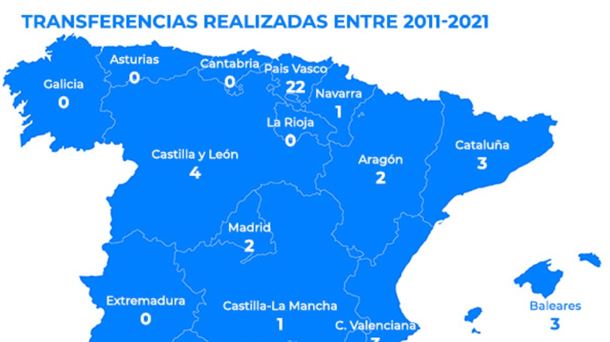Election night of the 2024 EU elections was exciting. In Austria, the FPÖ managed to take first place in a national election for the first time and, according to the results, including the voting card prediction, obtained 25.5 percent (plus 8.3) and six mandates (previously three). The results were analyzed during the press conference at the House of the European Union on Monday.
The First Vice-President of the European Parliament, Othmar Karas, emphasized that despite the gains made by right-wing parties, he sees the “situation as less pessimistic”. And: “The pro-European factions of Christian and Social Democrats, Liberals and Greens have a clear majority,” said Karas. He further emphasized, “If the center functions as one, no one needs to look to the left and right. Ursula von der Leyen has a clear majority for herself as a person and her program.”
Voter behavior and country-specific developments
Paul Schmidt, Secretary General of the Austrian Association for European Policy, highlighted the increased voter turnout by one percentage point. He also mentioned two interesting developments: “We have seen strong anti-government sentiment in some countries, such as Austria, France, Hungary and Germany. The situation was different in Poland and Italy, where the governing parties had the upper hand. The poor performance of the Lega Nord in Italy was particularly interesting.”
The election motives in 2024 were clearer than in 2019: ÖVP and SPÖ scored points with regular voters, the FPÖ benefited from protest voters, while 60 percent of Greens voters cited substantive positions as their main motive. The NEOS sent out a pro-European signal.
Young voters and their late decision
Political scientist Karin Praprotnik paid special attention to the voting behavior of young people under the age of 30, who often only make their decision shortly before the elections. “Every second young voter said they made a decision only after the election campaign,” Praprotnik said. Topics such as immigration, security, war and environmental and climate protection were equally relevant to this age group.
Prospects for the National Council elections
Since the snap elections for the National Council in 2019, the National Council and the European elections have taken place in the same year. “European elections are often influenced by national elections. In 2019, the results were close to each other, the largest differences were in the ÖVP with a difference of about three percentage points,” Praprotnik explains. The upcoming election campaign for the National Council elections will bring further clarity.
Source: Krone
I am Ida Scott, a journalist and content author with a passion for uncovering the truth. I have been writing professionally for Today Times Live since 2020 and specialize in political news. My career began when I was just 17; I had already developed a knack for research and an eye for detail which made me stand out from my peers.



